Five Things to Check in Your Home in Summer to Avoid Heating Problems in Winter
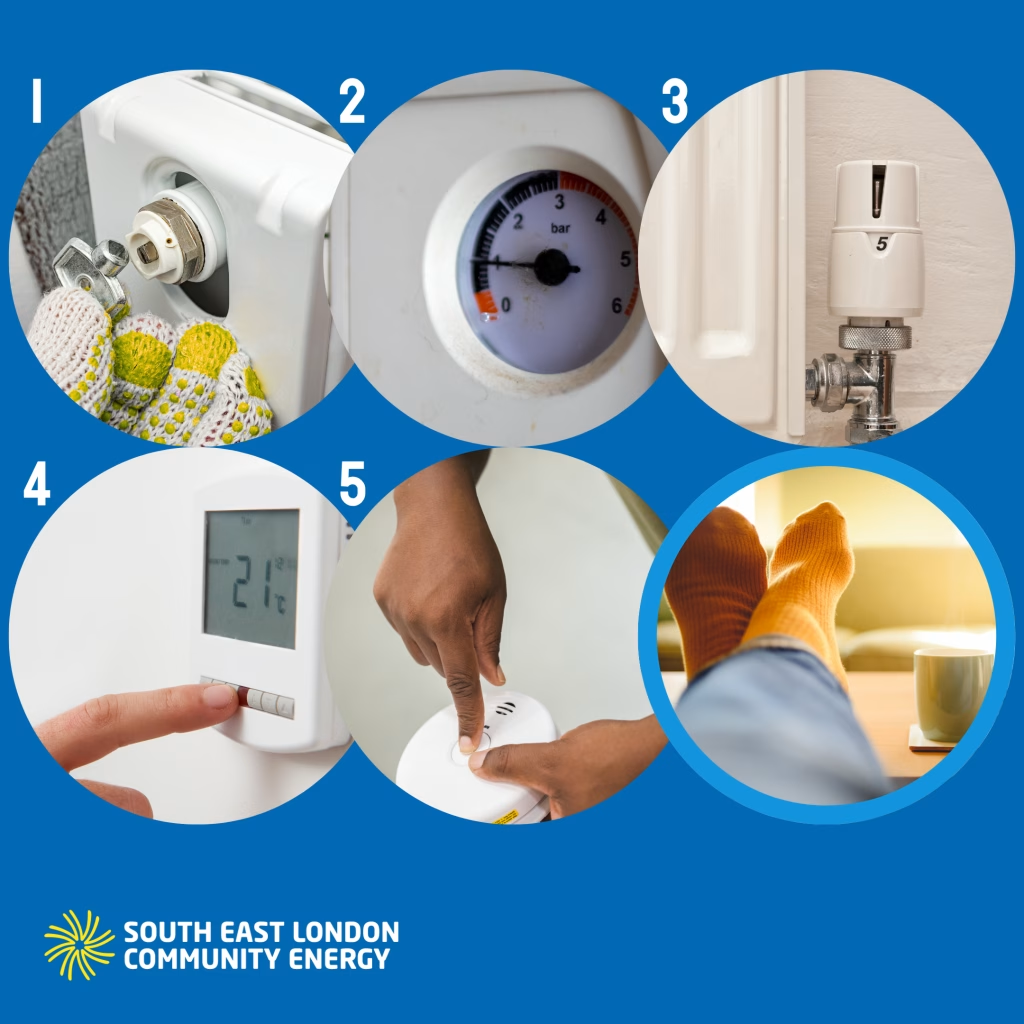
Five Things to Check in Your Home in Summer to Avoid Heating Problems in Winter
While we’re not using the heating, it’s easy to forget it’s even there until winter comes around again.
But here are 5 simple things we can all do even in Summer – that take only a few minutes and will save lots of time later on.
Once done you can face the coming winter, with greater peace of mind that you have taken steps to avoid long waits on the phone to a call centre (and a cold home) when the temperature drops.
Have a copy of the operating manuals for your boiler and programmer available to refer to.
Before you start, make sure all the radiators are full of water.
This is best done while the system is cold, that is – when your heating is off.
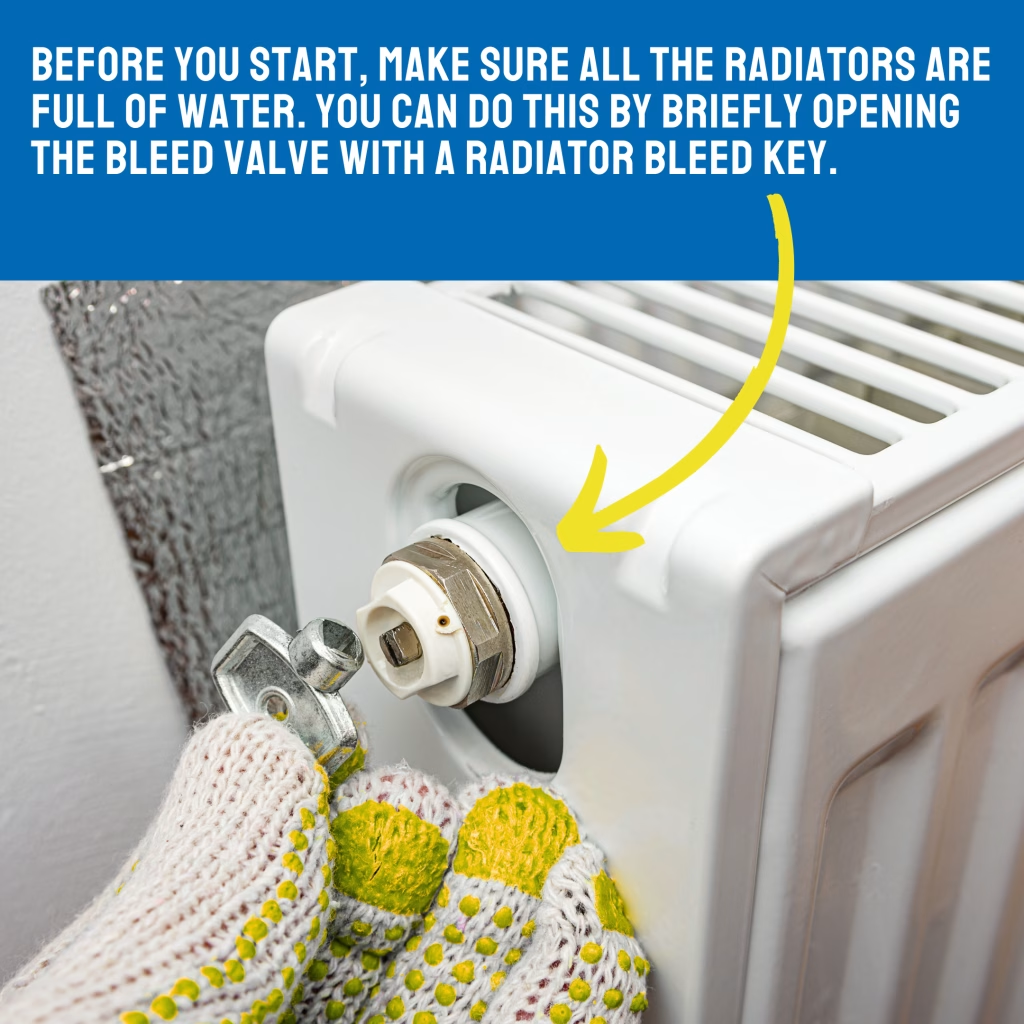
You can do this by briefly opening the bleed valve with a radiator bleed key. The valves are normally at the top end of the radiator but on some older radiators may be on the inside top edge. Have an old cloth or some kitchen towel handy to catch any water that comes out. Gently turn the grubscrew anti-clockwise with the key to release the air, then close the valve firmly (don’t overtighten) once you see water coming out of the valve which wets the cloth.
- Be aware that bleeding the radiators can lower the system pressure and cause the boiler not to fire up.
- Consult your boiler user manual to see how to add pressure to your model of boiler,
and top up as needed by opening your filling loop. - Next, turn on the heating to check that all the components making up the system are working. Your radiators should heat up evenly over their whole surface without any cold spots within about 10 minutes.
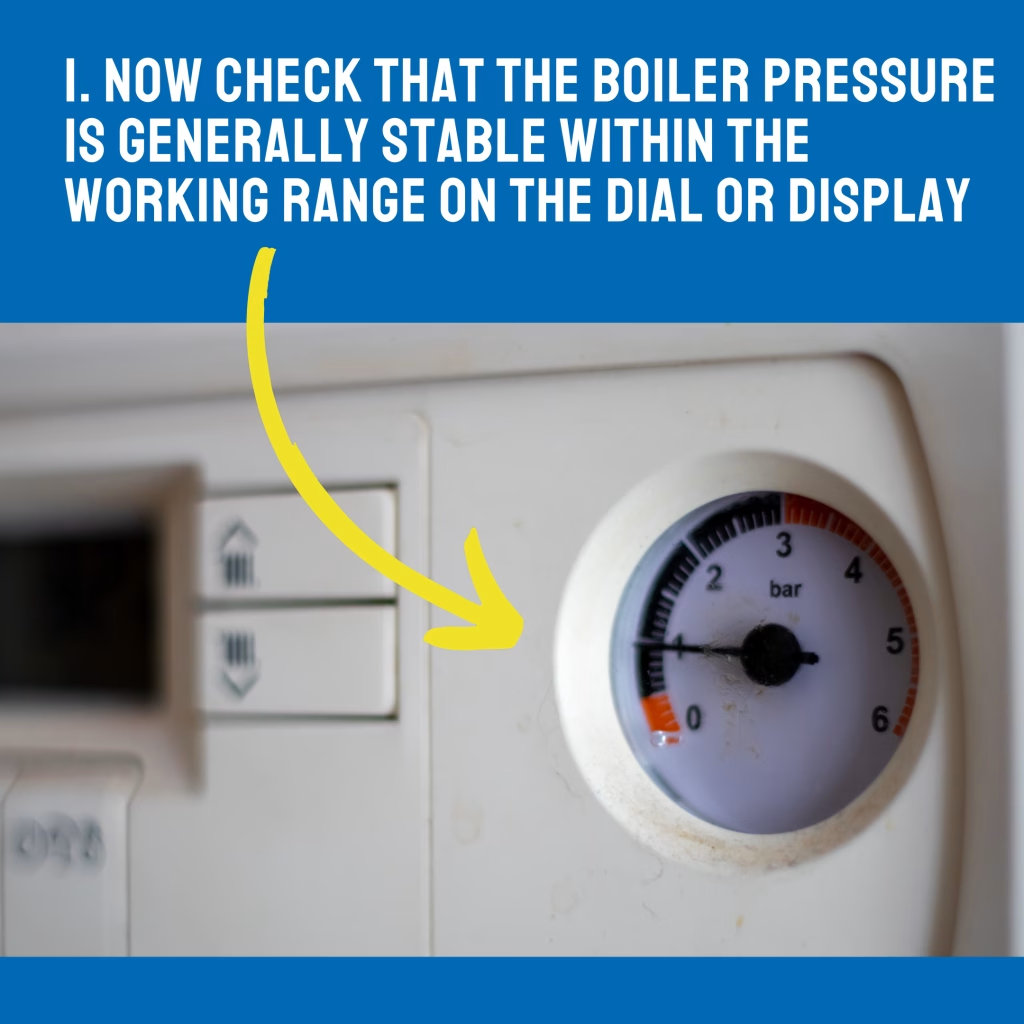
1. Now check that the boiler pressure is generally stable within the working range on the dial or display (minimum 1 bar or just above). It’s normal for the pressure to mildly fluctuate up and down within this range while the boiler is working.
2. Check that your thermostatic radiator valves can turn freely and none have become stuck, damaged or loose. Gently tapping the metal body of the valve may help dislodge the plunger from the valve seat and re-establish flow through the valve.
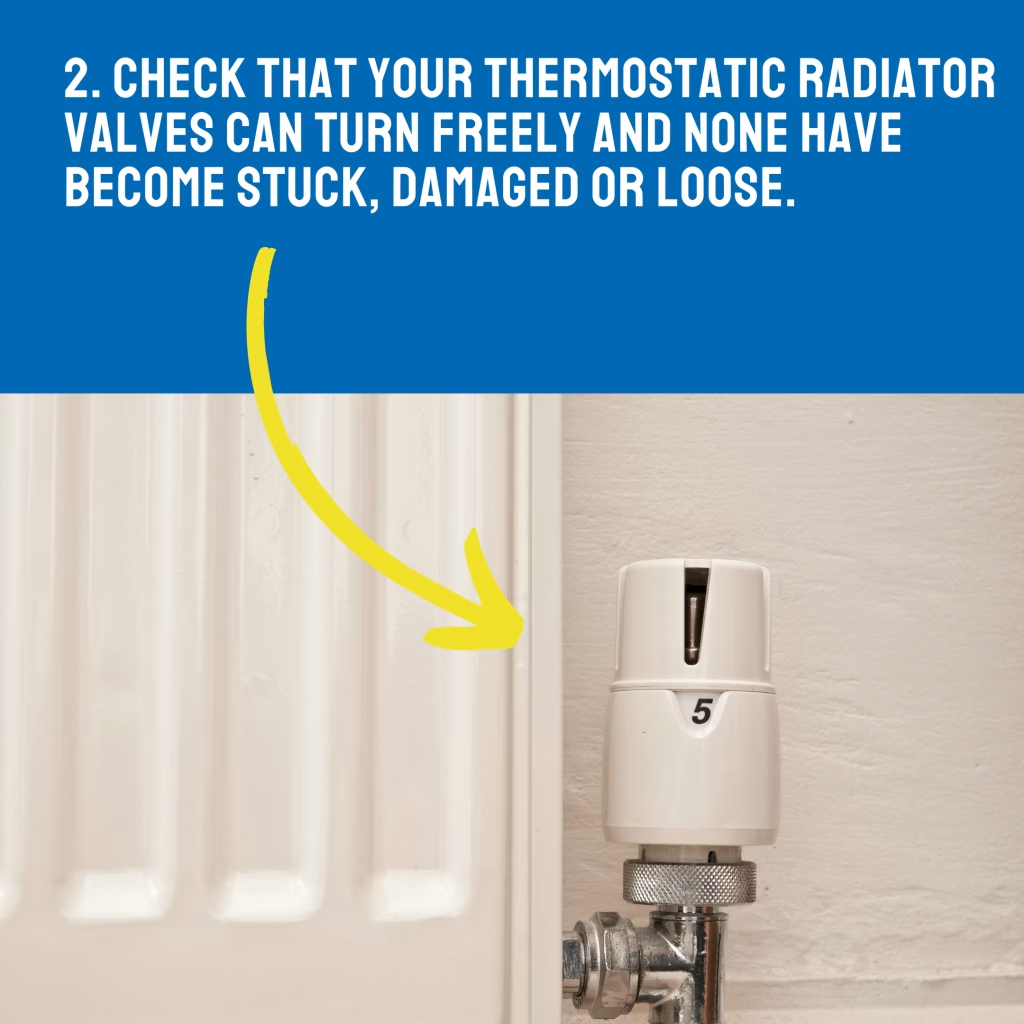
3. Check the room thermostat has a good connection to the boiler and can control it effectively. For wireless models check that the programmer is paired to the boiler and batteries are in good condition.
4. Check that radiators and thermostatic valves are not covered or closely obstructed by furniture and air can freely circulate around them. This allows the radiator to do its job of dissipating heat to the air.
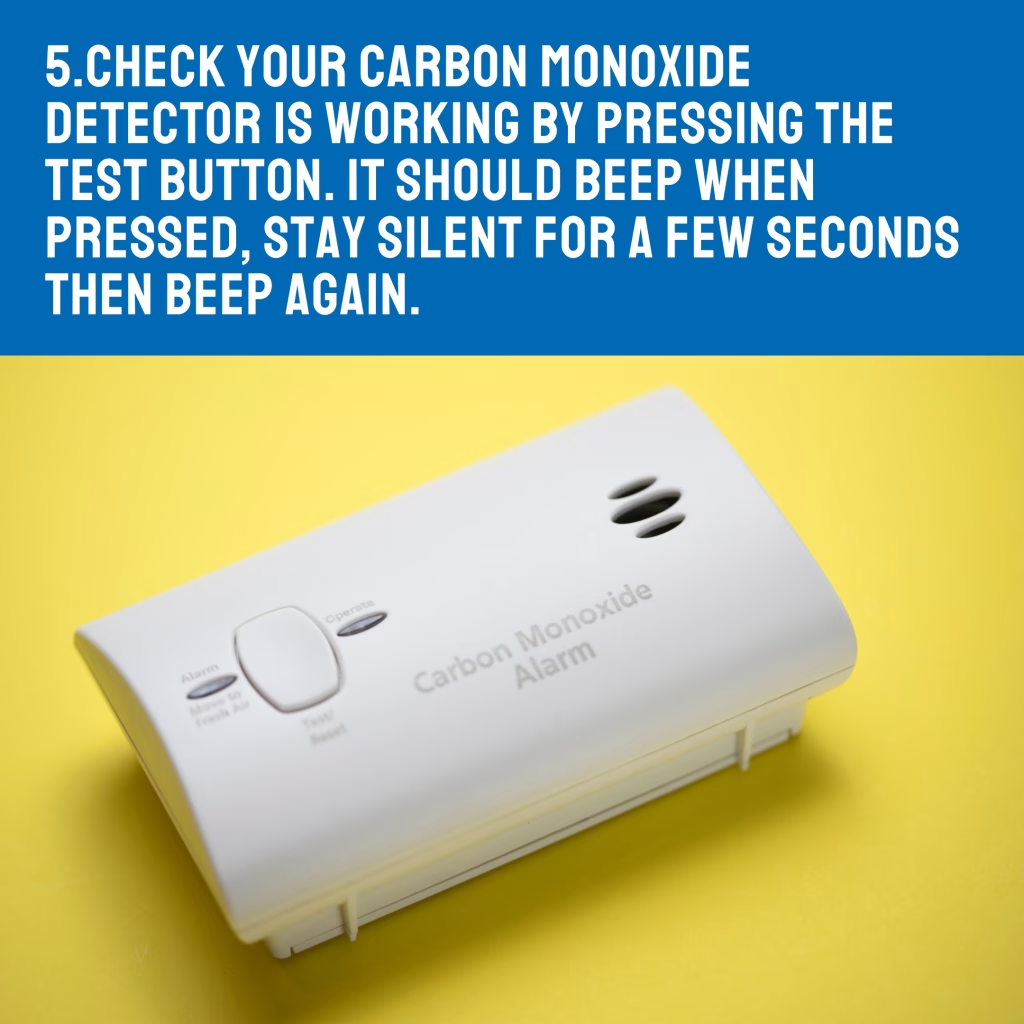
5. Check your carbon monoxide detector is working by pressing the test button. It should beep when pressed, stay silent for a few seconds then beep again. If it fails to respond at all its batteries should be renewed or the unit replaced immediately.
If on testing, your heating is not working, you’re losing pressure, radiator valves don’t work or you notice other issues – you may be eligible for a visit from the Heat Doctor.
This is a free service for South East London residents only. You are eligible for a visit by the Heating Doctor if:
- You are responsible for your own boiler and
- You are a homeowner or are in private rented accommodation and
- You are a lower-income household vulnerable to the specific challenges of heating a home to safe levels in the current energy crisis.
The Heat Doctor is on a mission to help SE Londoners who maintain their own boilers understand their heating system and improve its efficiency. He can deal with both minor and serious problems with your heating systems, or get more help if he can’t solve your problem, at no cost to you.
